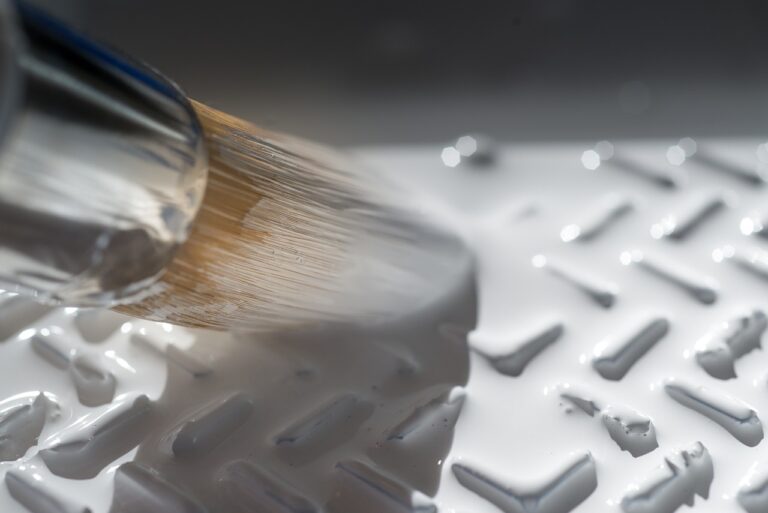Understanding Well Water Lead Levels
11xplay reddy login password, diamondexch9 id, skyexchange id: Understanding Well Water Lead Levels
Lead contamination in well water is a serious issue that can have detrimental effects on your health and the health of your loved ones. It is essential to understand how lead levels can impact your well water and what steps you can take to protect yourself and your family.
What is lead contamination in well water?
Lead contamination in well water occurs when lead from pipes, solder, or plumbing fixtures leaches into the water supply. Lead is a toxic metal that can cause a range of health problems, especially in young children and pregnant women. Even low levels of lead exposure can be harmful over time, so it is crucial to monitor and address lead levels in your well water.
How does lead get into well water?
Lead can enter well water through a variety of sources, including:
– Decaying pipes or solder in older plumbing systems
– Corrosion of pipes or fixtures
– Environmental contamination from nearby industrial sites or agricultural activities
– Landfill seepage or waste disposal
It is essential to test your well water regularly for lead contamination to ensure the safety of your drinking water.
The effects of lead exposure
Lead exposure can have serious health effects, particularly in children and pregnant women. Some of the health effects of lead exposure include:
– Developmental delays in children
– Learning disabilities
– Behavioral problems
– Lower IQ
– Anemia
– Kidney damage
– Reproductive issues
If you suspect lead contamination in your well water, it is essential to take immediate action to protect yourself and your family.
How to test for lead in well water
There are several ways to test for lead in well water, including:
– Contacting your local health department for information on water testing
– Hiring a certified laboratory to test your water
– Using a home water testing kit
It is crucial to follow the manufacturer’s instructions carefully when using a home testing kit to ensure accurate results. If lead levels in your well water are found to be above the recommended limits, it is essential to take action to reduce lead exposure.
How to reduce lead exposure in well water
There are several steps you can take to reduce lead exposure in your well water, including:
– Flushing your pipes before using water for drinking or cooking
– Installing a water filter certified to remove lead
– Using cold water for cooking and drinking
– Regularly testing your well water for lead contamination
It is essential to address lead contamination promptly to protect yourself and your family from the harmful effects of lead exposure.
Frequently Asked Questions
Q: How often should I test my well water for lead contamination?
A: It is recommended to test your well water for lead contamination at least once a year, or more frequently if you notice any changes in water quality or taste.
Q: Can boiling water remove lead contamination?
A: Boiling water will not remove lead contamination. It is essential to use a water filter certified to remove lead to reduce exposure.
Q: Is lead contamination in well water a common problem?
A: Lead contamination in well water can be a common issue, especially in older homes with aging plumbing systems. Regular testing is essential to ensure the safety of your drinking water.
Q: What are the symptoms of lead poisoning?
A: Symptoms of lead poisoning can vary but may include abdominal pain, constipation, fatigue, irritability, memory loss, and mood changes. It is crucial to seek medical attention if you suspect lead exposure.
Q: How can I find a certified water testing laboratory?
A: You can contact your local health department for information on certified water testing laboratories in your area. It is essential to work with a reputable lab to ensure accurate test results.
In conclusion, understanding lead levels in well water is vital for protecting yourself and your family from the harmful effects of lead exposure. Regular testing, proper water management, and taking corrective actions are essential steps in ensuring the safety of your well water. If you suspect lead contamination in your well water, do not hesitate to take action to safeguard your health and well-being.







